Charminar: History
Charminarhistoric monument located at the heart of Hyderabad, west-central Telangana state, south-central India. The city, which is the capital of both Telangana and Andhra Pradesh states, was also the capital of the historic princely state of Hyderabad. The Charminar was established more than four centuries ago by the fifth Sultan of the Qutb Shahi dynasty, namely Sultan Muhammad Quli Qutub Shah. He commissioned the construction of this grand mosque in the year 1591 after he shifted his capital from Golconda to Hyderabad, which was a newly formed city.
There are several theories as to why Qutub Shah constructed this towering mosque right in the middle of his new capital. According to some historians, the Sultan was forced to shift his capital due to the epidemic of cholera that was killing thousands of his subjects at that time. He prayed to the Almighty and vowed to construct a mosque if the misery of his people came to an end. The Charminar was built to honor this pledge once cholera was eradicated from the city.
Another school of thought believes that Quli Qutub Shah constructed the mosque and founded the city of Hyderabad to mark the start of the second Islamic millennium year, which was a significant event in the Islamic world at that time. Since the structure was adorned with four lofty minarets on its four sides, it came to be known as Charminar, which means ‘Four Towers’ in Urdu.
With a history that is as old as the city of Hyderabad, the structure has stood the test of time but it has also undergone some damages and renovations along the way. During the governorship of Asaf Jahi and Qutb Shahi, the minaret on the southwest was damaged by lightning and was later repaired. The monument was given a fresh coat of plaster in 1824 at a cost of around one lakh rupees. In 1889, four clocks brought from London were added to the four arches by Mir Mahboob Ali Khan, the sixth Nizam of Hyderabad.
Currently, the monument is under the aegis of the Archaeological Survey of India who is in charge of its protection and maintenance.
Charminar Information
Charminar Architecture & Construction
Built in Indo-Islamic architectural style, Charminar is a limestone, granite, pulverised marble and mortar structure with four embellished minarets attached to the four arches. Only a year after the city of Hyderabad was founded in 1591, the construction of the Charminar was concluded. This 14,000 tonne building meant to serve as a madarsa and mosque was built in a way that on opening the fort doors, the minarets would loom out and throw open the entire expanse of the bustling Hyderabad city around it. A square base with 20-metre-long sides and four arches that open into the four streets with each minaret on the corner, Charminar stands out for these ornate 184-foot minarets that are rich in detailing and come with a double balcony. On top of each minaret is a bulbous dome, but Charminar’s minarets unlike the Taj Mahal’s are attached to the superstructure.
Not just Charminar’s strategic positioning or its significance in the history of Hyderabad, the structure still holds visitors in awe for its elaborate stucco work, and the fluidity in the placement of the balconies and balustrades. Legend has it that Muhammad Quli Qutb Shah built an underground tunnel connecting Charminar to Golconda Fort as an escape route in case of a siege. Though the location of the tunnel has not been ascertained till date.
In Qutb Shah’s reign, the western end of the open roof was a mosque while the remainder of the space served as a court. To get to the upper floor, there is a fleet of 149 steps. But it is the top floor of the four-storey building that houses the mosque. Charminar has two galleries one on top of the other, and over them is the terrace that comes with a stone balcony. The open space in the main gallery is meant for the Friday prayers.
Over the years, several changes were made to the structure, the most significant one being the addition of the giant clock in 1889.
Reasons why we call it Charminar
Photo by: Gopikrishna Narla, Creative Commons Attribution Licence
The four minarets actually give this structure a shape of Charminar, which means ‘Four Towers’. If experts are to be believed, a lot of mathematical reasoning and geometric combinations had gone into the construction of this monument. It is interesting to understand how the number ‘four’ and its multiples can be figured in the designing of Charminar. You can mark around 20 spots where the magic of ‘four’ can be witnessed.
There are four arches. Small arches on each side of the main arch are also four. Each minar is then again divided into four parts. The number of galleries found at different level is four; the number of arches, which are built if four directions, to enter the monument is also four. And not to forget, Mohd. Quli Shah, who built this monument, was the fourth Qutb Shahi king.
The structure truly lives up to its name―Charminar.
Secret Tunnels
As per legends, there is an underground tunnel built to connect the Golconda Fort, which was the former capital of Quli Qutb Shah to Charminar. It is believed that the king built the tunnel as an escape route in case of any siege. The location of the tunnel is still a mystery.
Significance of the Charminar
Photo by: Pranav, Creative Commons Attribution Licence
The monument was built to celebrate the end of plague epidemic in Hyderabad during the late 16th century. It is believed that the city of Hyderabad was built on a miracle, and that Quli Qutub Shah built this structure to mark the end of plague debacle.
First multi-storeyed structure in the city
Apart from being an iconic monument in Hyderabad, it has more than one feather added to its cap. Charminar was the very first multi-storey building built in Hyderabad.
Different religions coexist peacefully
This monument also showcases how different religions can coexist peacefully in a place. It is beautiful to witness how the confluence of atmosphere of both the Mecca Masjid and Bhagyalakshmi Temple create a symbol of religious and cultural harmony in the city.
Charminar―the centre of the city
Credit: ThinkStock Photos
Charminar is considered to be the centre of Hyderabad city; and this belief is not without any reason. The city was planned on a grid iron-pattern, with the iconic Charminar as the focal point. The design had two roads running east-west and north-south, which makes the structure the centre of the city.
Charminar’s age
The historical age of this monument is more than 450 years, which makes Charminar one of the oldest monuments in India. Yet this monument is still standing tall in all its glory; all hail to those centuries old craftsmanship.
| Location | Hyderabad, Telangana |
| Timings | 9:00 am to 5:30 pm; every day |
| Entry Fee | ₹ 5 for Indians; ₹ 100 for foreigners |
| Still and Video Camera | Free |
| Type | Mosque and monument |
| Year of Construction | 1591 |
| Commissioned by | Muhammad Quli Qutb Shah of Qutb Shahi dynasty |
| Architectural Style | Indo-Islamic with influences from the Persian architectural style |
| Architect | Mir Momin Astarawadi |
| Material Used | Limestone, granite, pulverized marble, and mortar |
| Status | Monument under the Archeological Survey of India |
| Cost of Construction | 9 lakh rupees |
Charminar: Today
Today, the Charminar is not just one of the top historical places to visit in Hyderabad but also one of the most recognized monuments in the whole country. It is surrounded by a vibrant market called Chudi Bazar or Laad Bazar, where you can feel the pulsating vibes of the city. The age-old mosque atop the Charminar is functional even today. Several festivals are celebrated at this landmark monument, including the Eid-ul-Fitr and Eid-ul-Adha.
The Charminar is illuminated for a while every evening and standing against the dark sky, it makes for a stunning sight to behold. The structure is listed under archaeological and architectural treasures by the Archaeological Survey of India. The Charminar has also been added to the UNESCO World Heritage Sites’ tentative list.
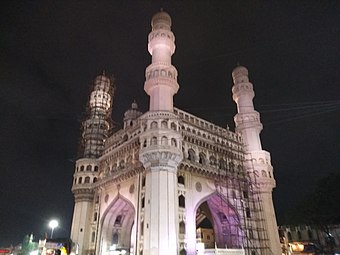
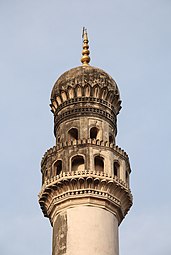
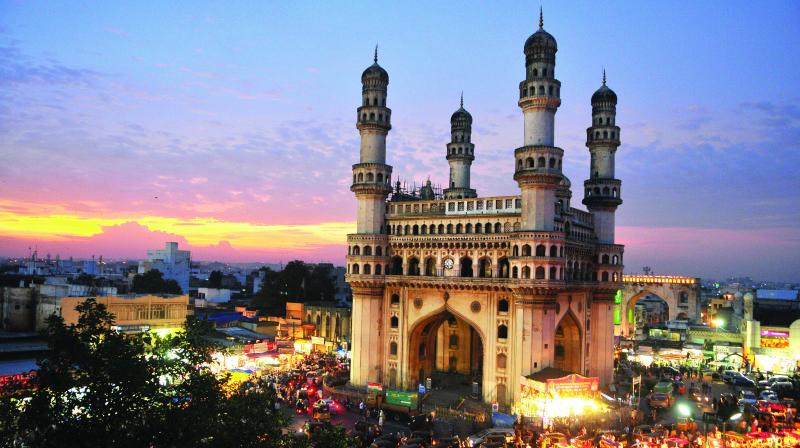


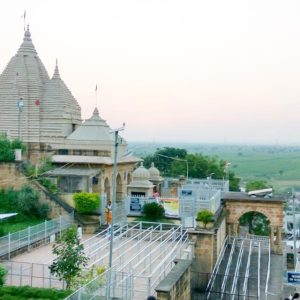
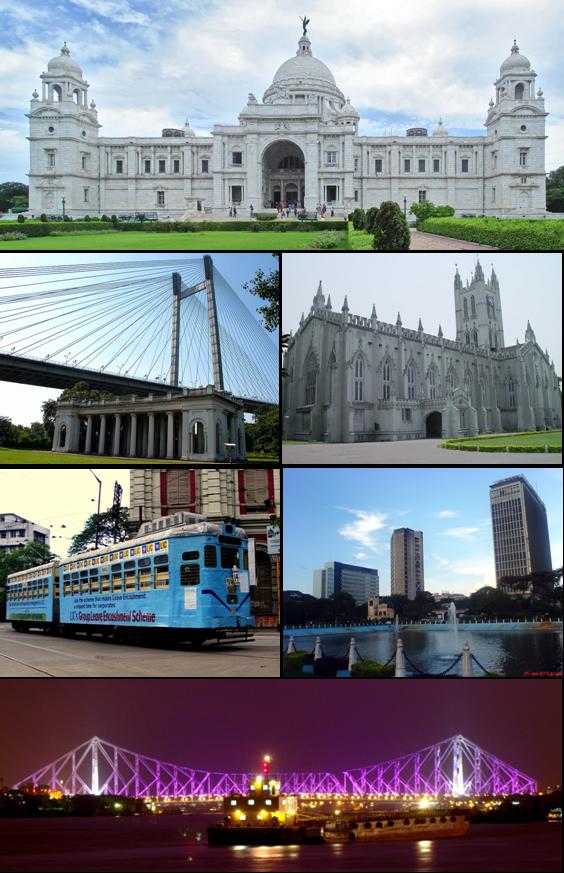
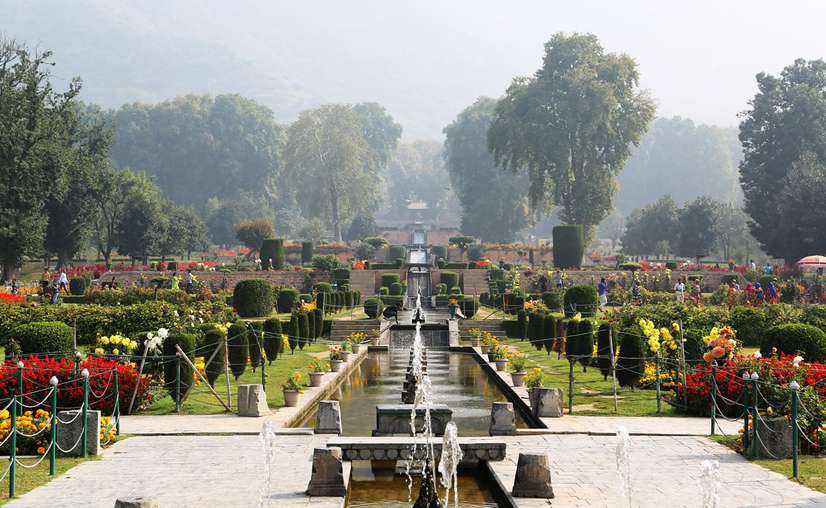



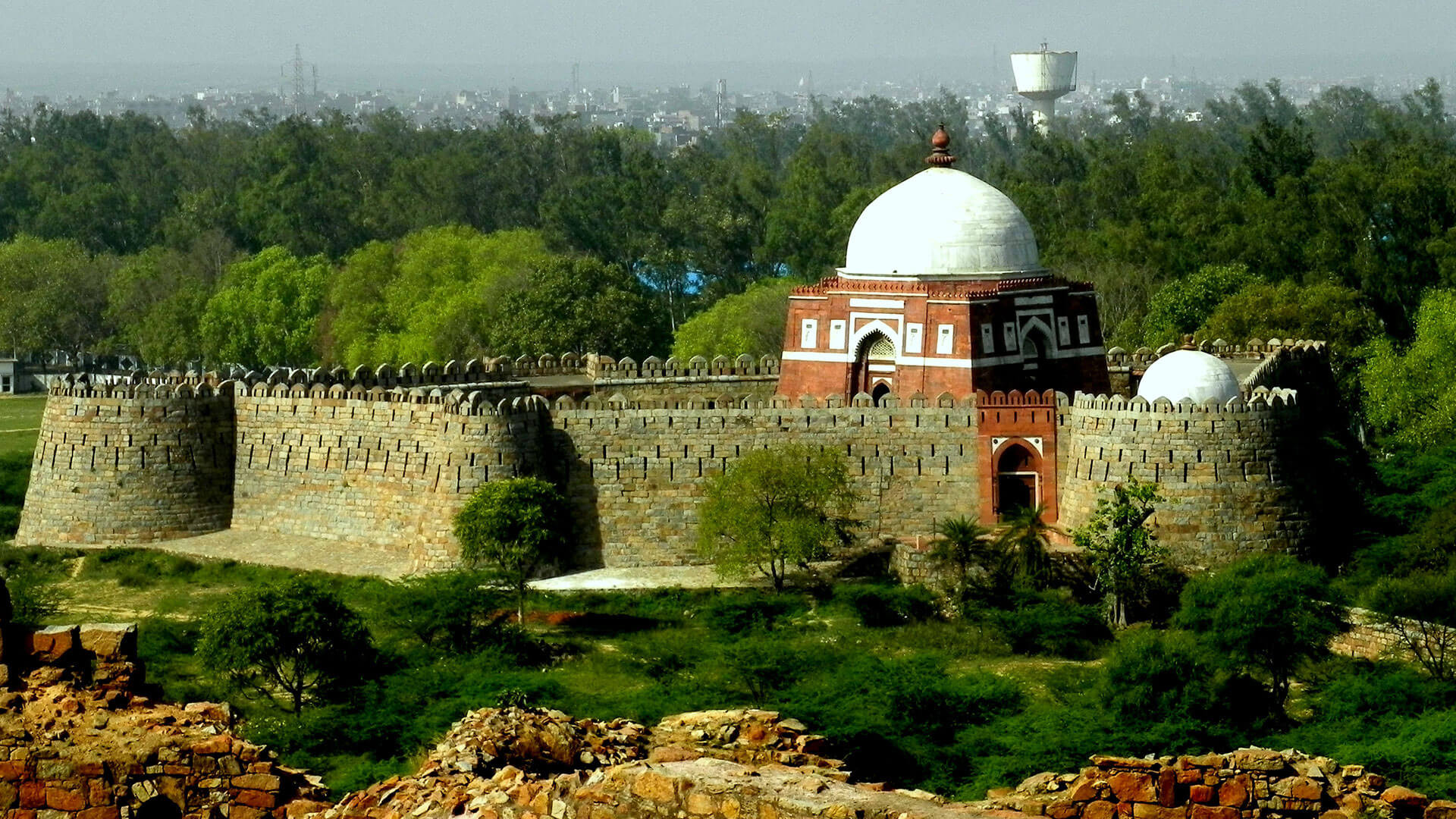
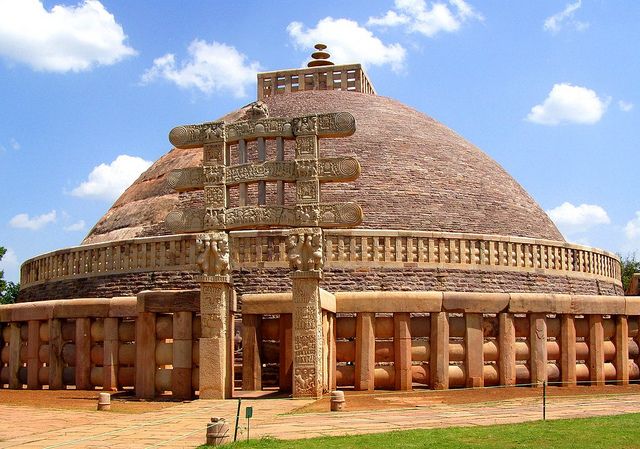
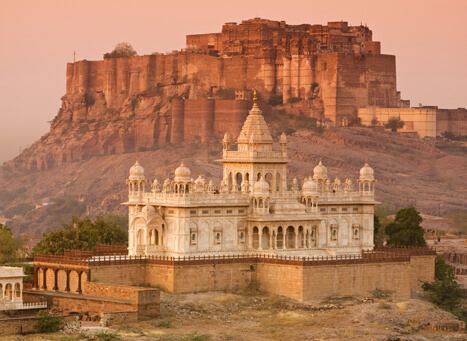
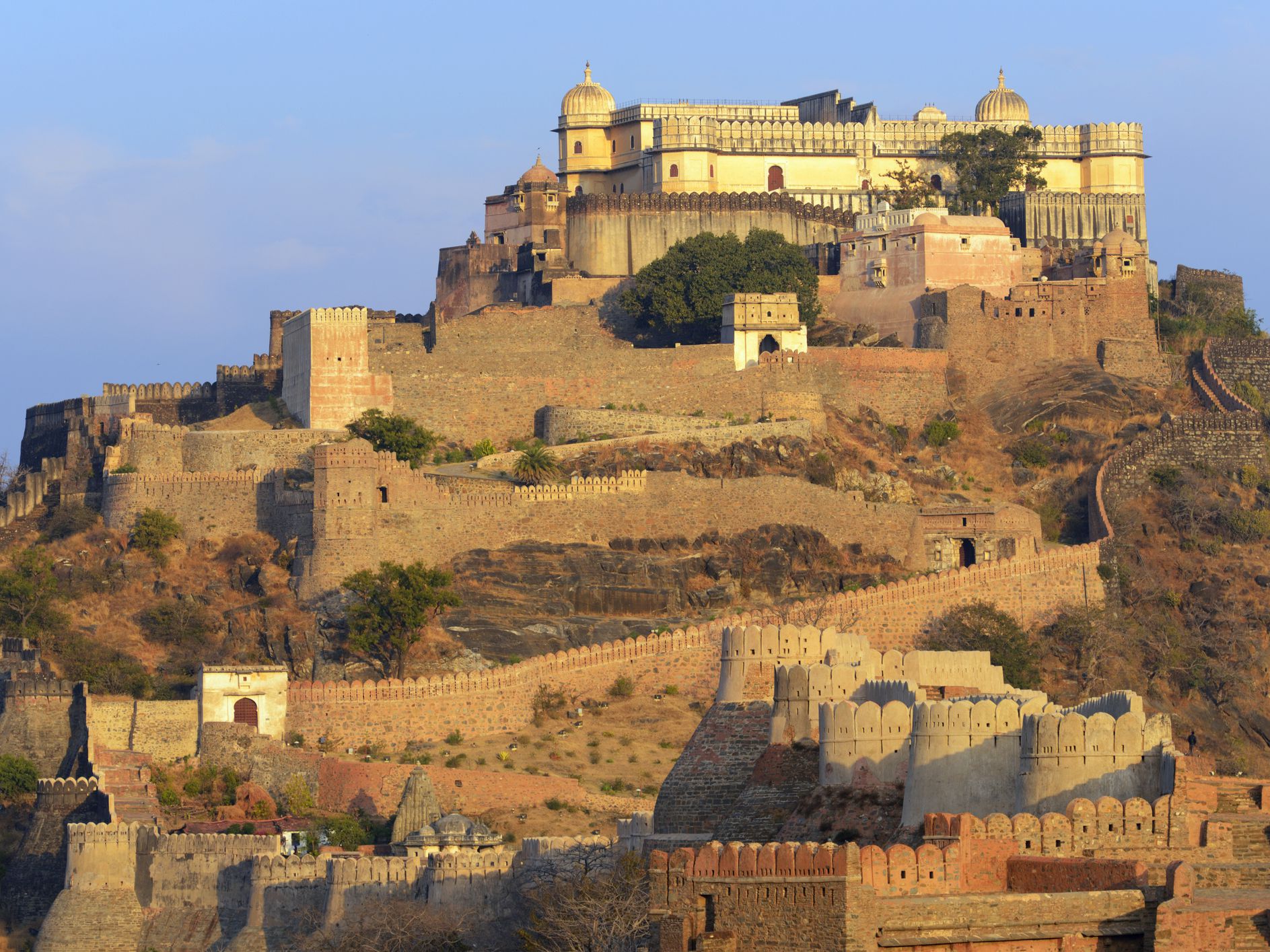


10 Comments
Comments are closed.